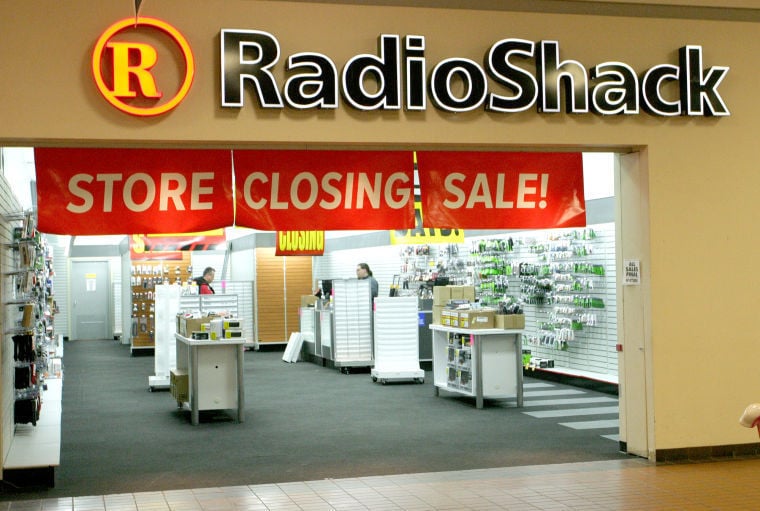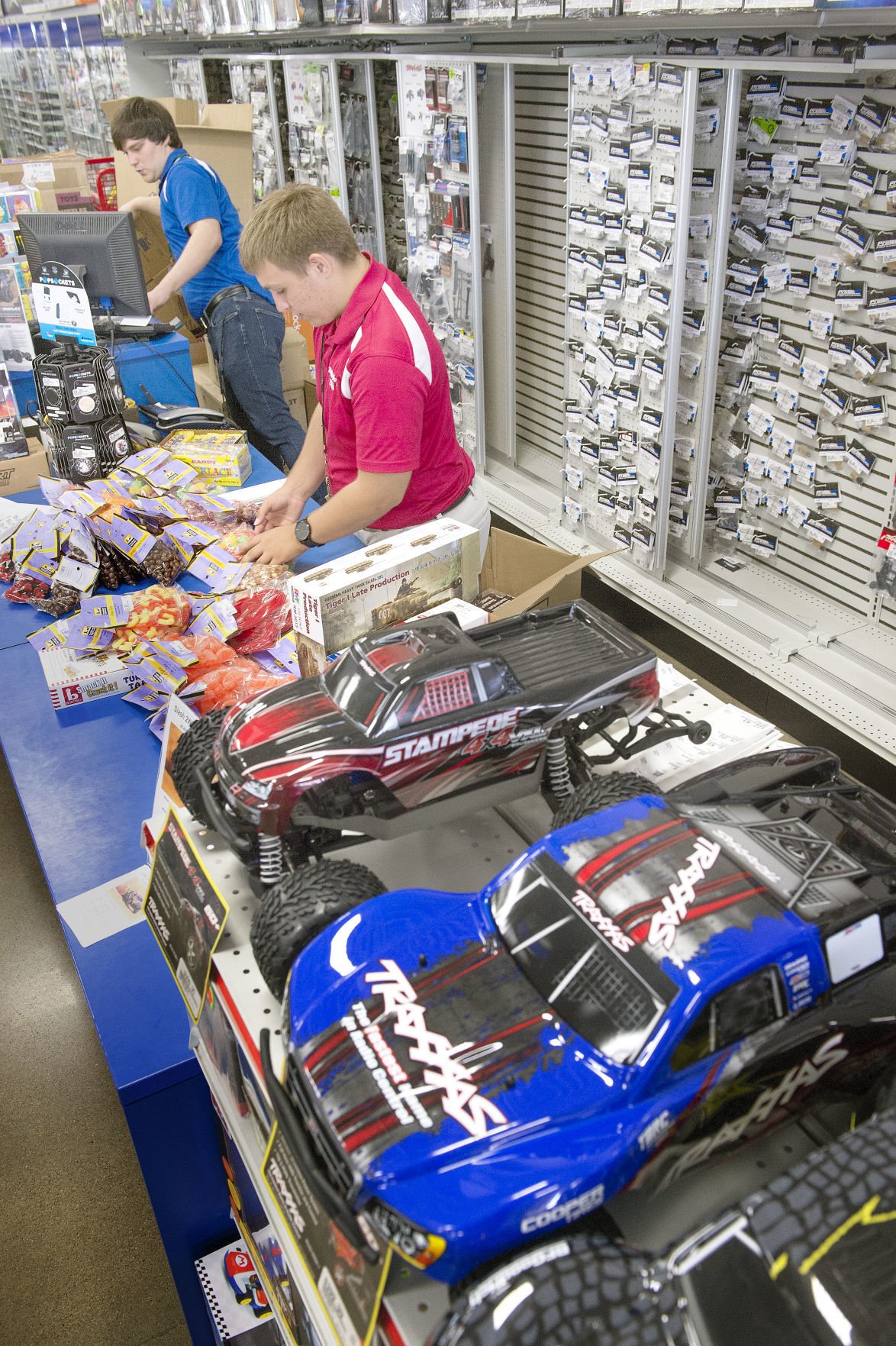

- #Radio shack going out of business locations portable
- #Radio shack going out of business locations software
- #Radio shack going out of business locations series
This investment towards greater in-store reach would also later hurt their ability to competitively expand into the online retail space, where the industry and consumers had been drifting.Ī focus on physical store expansions limited RadioShack’s ability to effectively compete in the online retail space. With resources tied up across the business, RadioShack was unable to invest in the R&D needed to drive forward their innovation and discovery of a competitive edge.
#Radio shack going out of business locations software
With the likes of IBM and Microsoft focusing their resources and strategies exclusively around software and hardware design, RadioShack’s lack of focus placed them at a disadvantage.

Computers users were unwilling to limit themselves to RadioShack products while competitors such as IBM and Microsoft were exploding in the market.

RadioShack decided to limit their shelf space to mostly their own private label items, but the company was unable to develop a pipeline of competitive products that could replace the competitor’s technology they had removed from their store shelves. The reason Radio Shack even faced this challenge is because they had undertaken such rapid expansion prior to understanding their value proposition and establishing a set business strategy. This rapid expansion has also limited RadioShack’s ability to disseminate large-scale strategic changes efficiently and effectively. While this led to increased sales, this reaction to competition led to their first period of unprofitably. The business also decided to expand with big-box store models to compete against Best Buy, Circuit City, and Wal-Mart. This made the business an asset-heavy retailer with insufficient financing remaining to fund its aspirations for further product innovation and growth. While RadioShack’s rapid expansion to 7,000 stores provided the organization with vast geographical presence, large amount of capital was used to fund the expansion. Consequently, value that was once created and recognized was being eliminated. RadioShack simultaneously began to limit their shelf space to private label products, favoring products they themselves designed. In the process, they cut products that attracted their once loyal DIY customers. As RadioShack grew its retail presence, the organization also decided to expand its manufacturing and distribution operations, further stretching their resources.Īs the business diversified in functions, the leadership decided to reduce the numbers of products offered in their stores to provide a sense of focus. In the absence of a true brand identity, the organization found itself shifting business strategies and value propositions frequently. While RadioShack had created strong brand equity over its nearly 100 year presence in electronics retail, the business failed to establish its core strengths and competitive edge.
#Radio shack going out of business locations portable
The Tandy – one of the best-selling portable computers of the late (1980s).TRS-80 – one of the first early home computers (1970s).
#Radio shack going out of business locations series
Pathways to Just Digital Future Watch this tech inequality series featuring scholars, practitioners, & activists


 0 kommentar(er)
0 kommentar(er)
